I’ve signed in at many front offices in my 30+ years of visiting schools, but never one where the school secretary had to (politely) ask me to hold on a second while a child finished reading her a story. Nothing was more important at that moment, to that member of the dedicated Bryant School of Arts & Innovation team, than to give this little girl her undivided attention as she displayed her newfound knowledge.

While not by design, it was perhaps appropriate that the first stop on our Knowledge Matters School Tour was at a relatively mature Core Knowledge school. The Core Knowledge Language Arts program is the most established, most tested of the knowledge-building English language arts (ELA) curricula in use today. Taught in thousands of district and charter schools around the country, CKLA—as it’s called—is both a curriculum program and a cause.
Bryant’s adoption of CKLA—and this radically new way of schooling—began back in 2010, when Riverside Unified School District became a California District of Choice. Dr. Lari Nelson was asked to leave her high-performing school down the road and start a Core Knowledge school. Knowing nothing about the program, she visited some schools in neighboring Arizona—and came back on fire by what she saw.
At the time of the trip to Arizona, Bryant Elementary ranked 27th out of 29 elementary schools in the district academically. Today, it ranks 7th.
Located in a downtown, working-class neighborhood, 78 percent of Bryant’s students live in poverty. Largely Latino, some 27 percent are English learners. And from our observations, 100 percent are engaged, joyful learners.
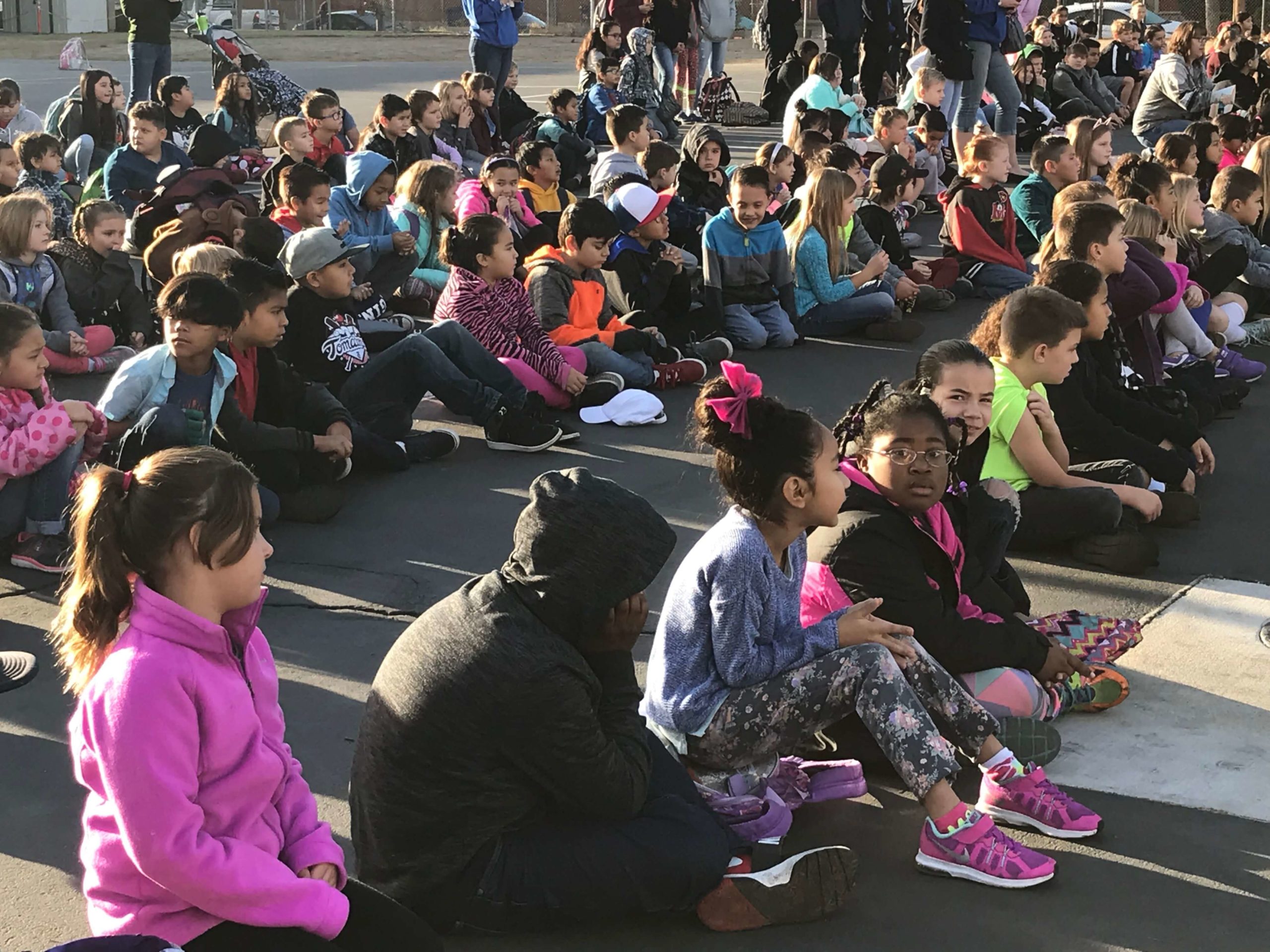
A tour through Bryant’s classrooms is a celebration of knowledge. From the terracotta warriors on the shelves to the maps of the world, stories about ocean zones, and African masks—these students and staff are proud of what they do and learn every day—and chose to show it. I was able to gain knowledge just by looking around the room!
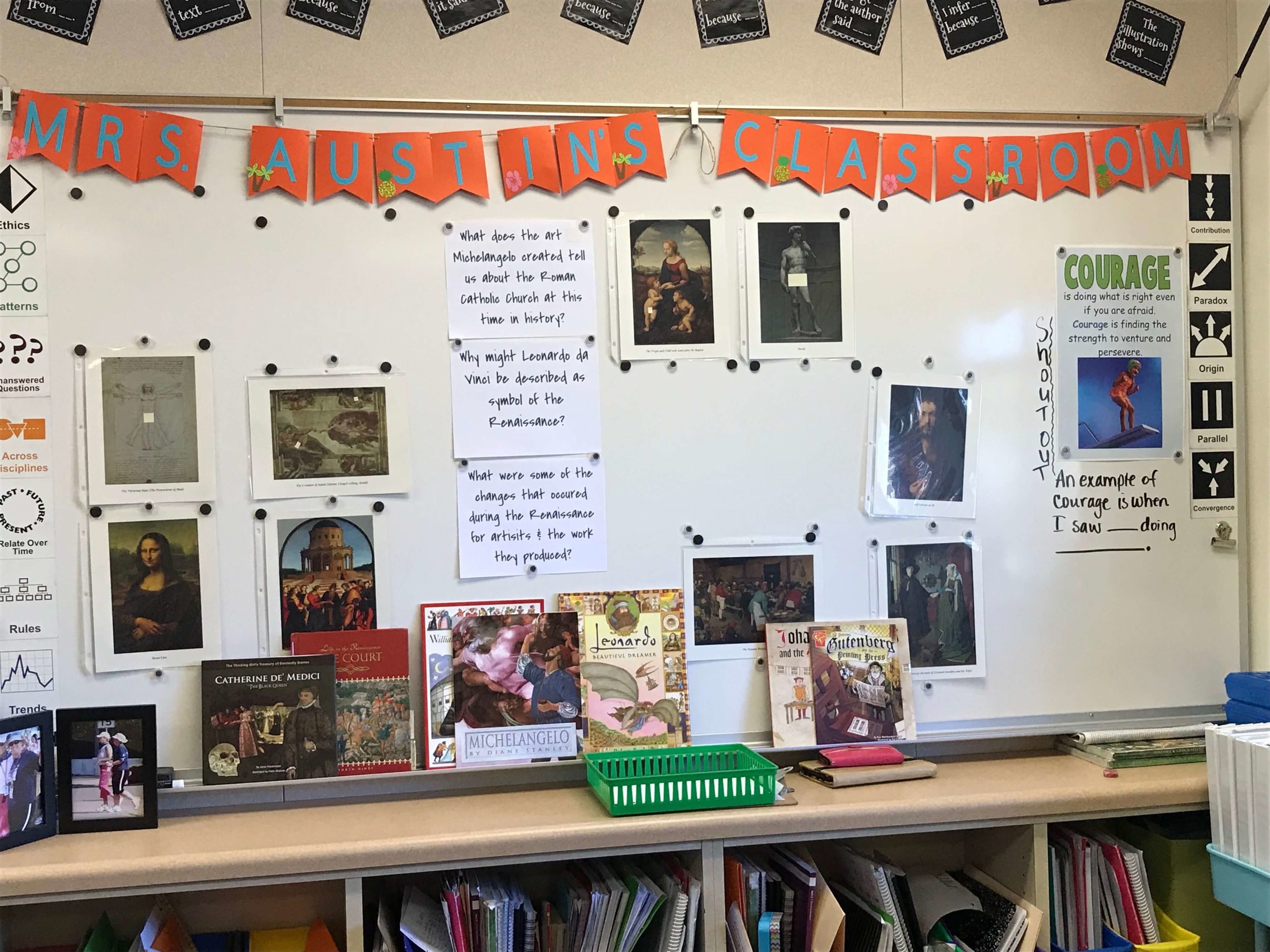
Of course, there was much learning happening inside the classrooms, with students exploring questions like:
- What are the techniques and features of Renaissance art and architecture (5th grade)?
- Why were waterways important in the War of 1812 (2nd grade)? See video below.
- What do examples from history and student experience tell us about the role of failure in the inventing process? (4th grade)?
- Why was farming important to the Ancient Mayan Civilization (1st grade)?
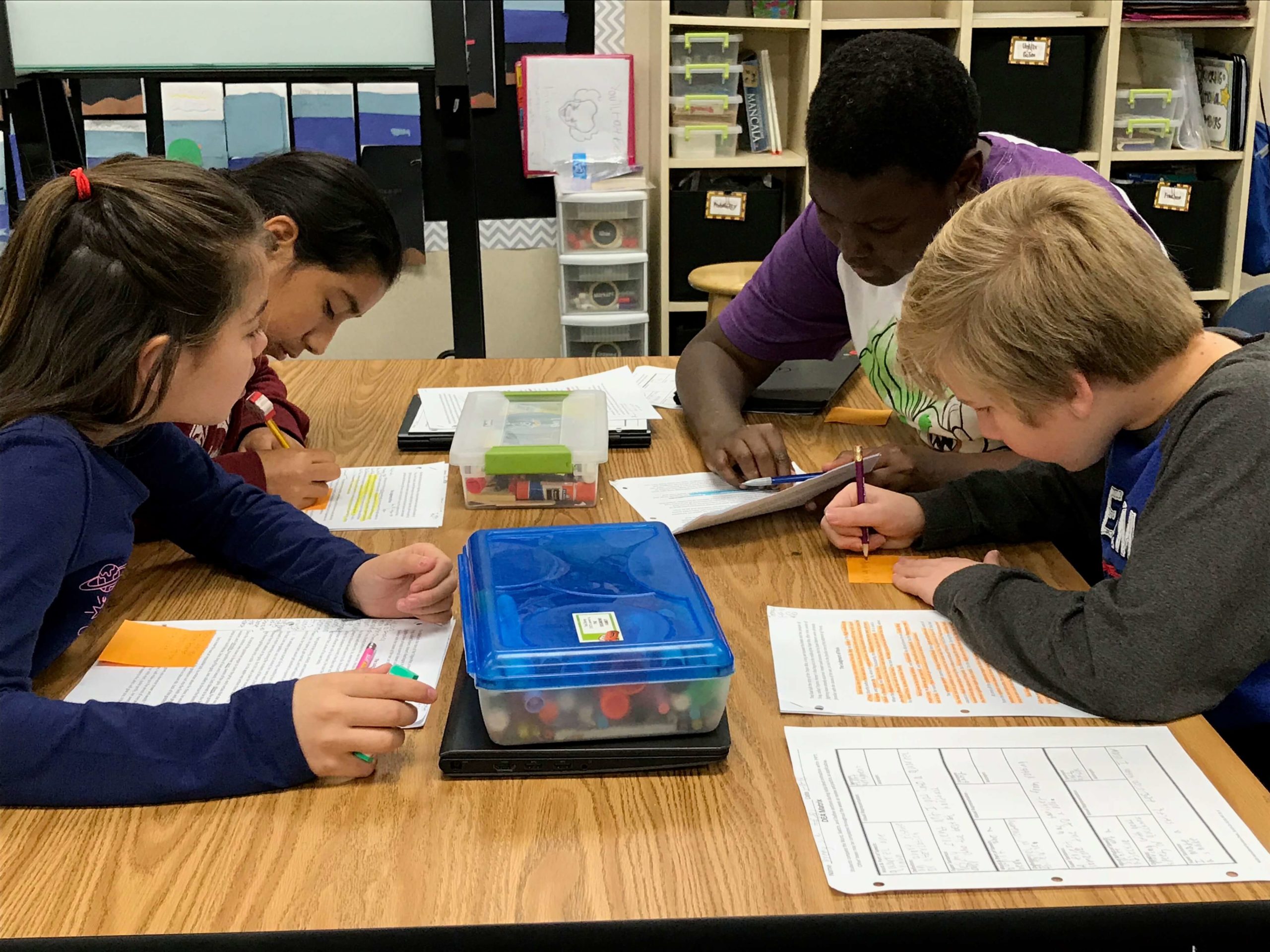
The virtue of a structured, sequential curriculum that was well known to, and followed faithfully by, the teaching staff was evident throughout our visit in statements like, “Remember last year in the middle ages, the art was all dark and serious (comparing it to Renaissance art which displays “grace and elegance”)?” or “You’ll be learning more about the Great Lakes (one of the waterways important in the War of 1812) in 3rd grade.”
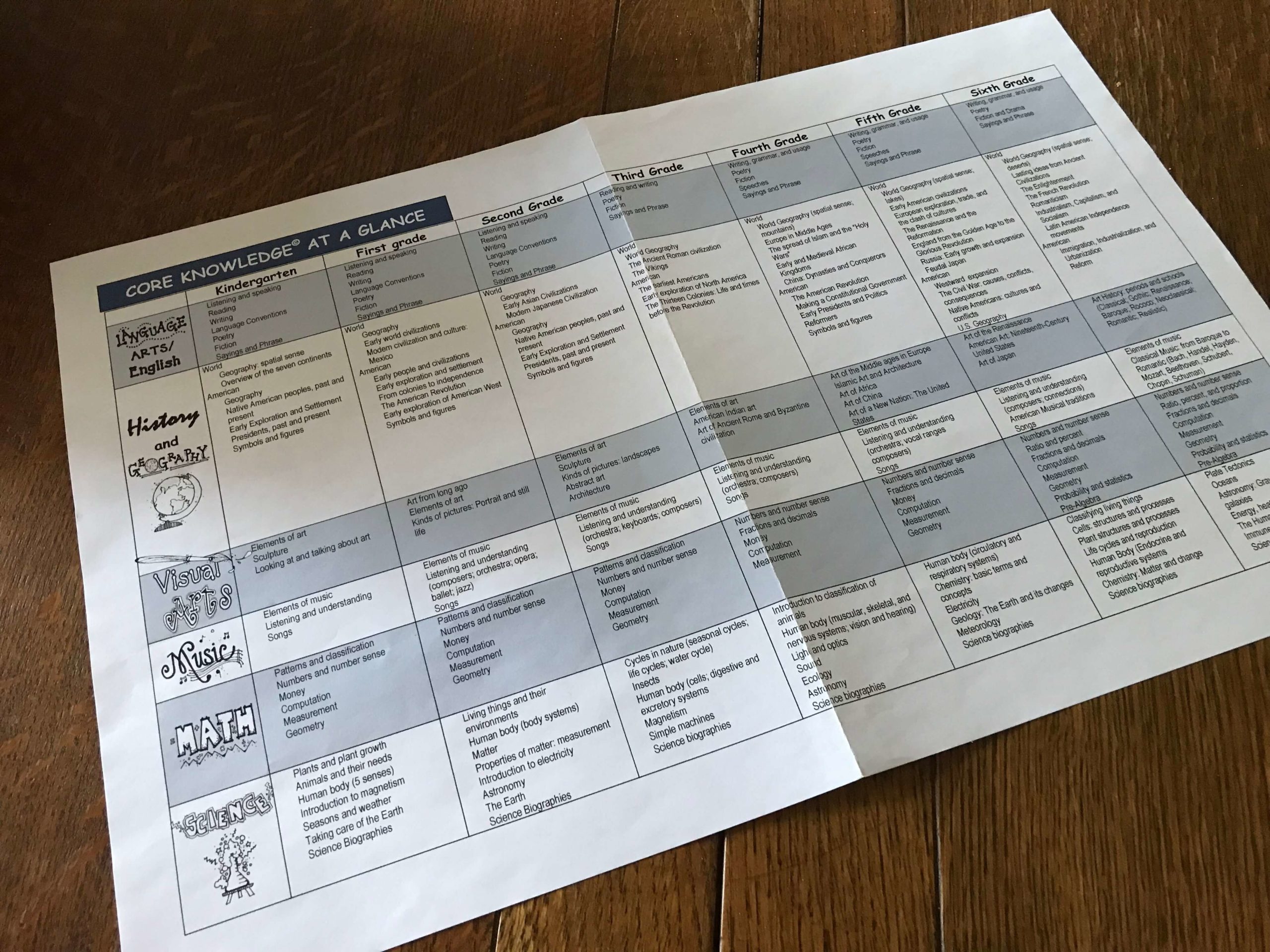
Aside from the rich content these students are exposed to, the seamless way in which ELA skills are integrated into the content lessons, and the tight pedagogical practice of the teaching, perhaps the most noticeable—and exciting—thing about spending two days at Bryant School of Arts & Innovation was the generally confident demeanor of the students.
Among the signs and sounds of Bryant are the number of audible affirmations of engagement: “Yes!” (when the group got assigned their Greek God to write about) or “Whoa!” (cannonballs literally bounced off Old Ironsides). Is it any wonder the teachers love their work? That they’ve rediscovered the joy of teaching? Does a teacher want anything more than this level of excitement about learning from her students?
We were impressed by how much the Bryant students really interrogated their lesson topics, expecting (and demanding) a level of understanding that was quite profound for children their age. One English language learner was quizzing the teacher about something she didn’t understand when suddenly the lightbulb went on and she said, “Oh, that explains it; I thought Troy was a character!” It wasn’t unusual at all for students to confess that, “This confuses me” or “I have a question about that.” It was growth mindset on full display!
Teachers at Bryant log many outside-of-school hours learning the content—which they say they have to do in order to keep up with their kids. But they don’t seem to mind. “CKLA brought the joy back to teaching for me.”
One student, Maddie, spoke for most of the kids when she said, “We learn complicated things but somehow we still get it because our teachers are amazing.”
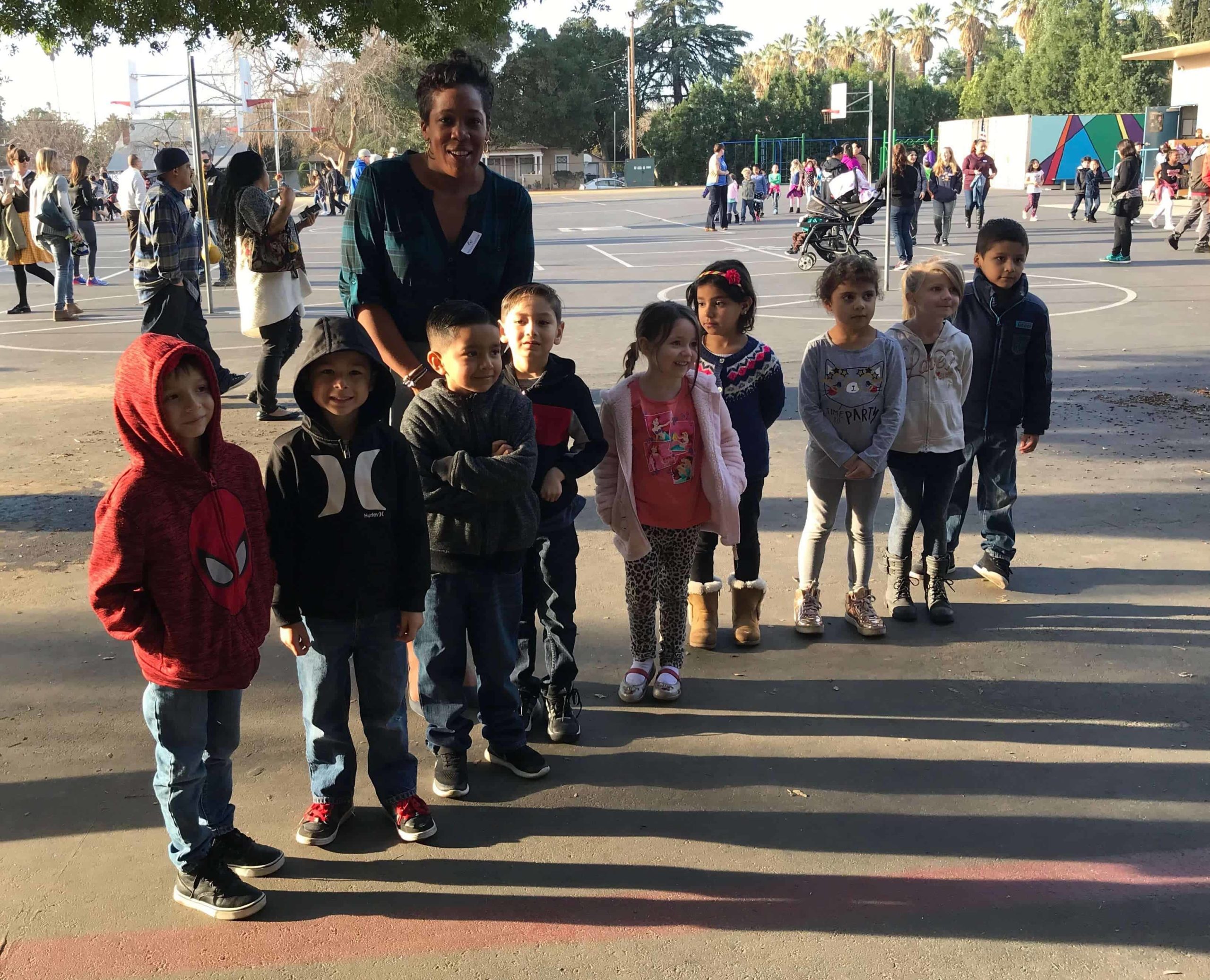
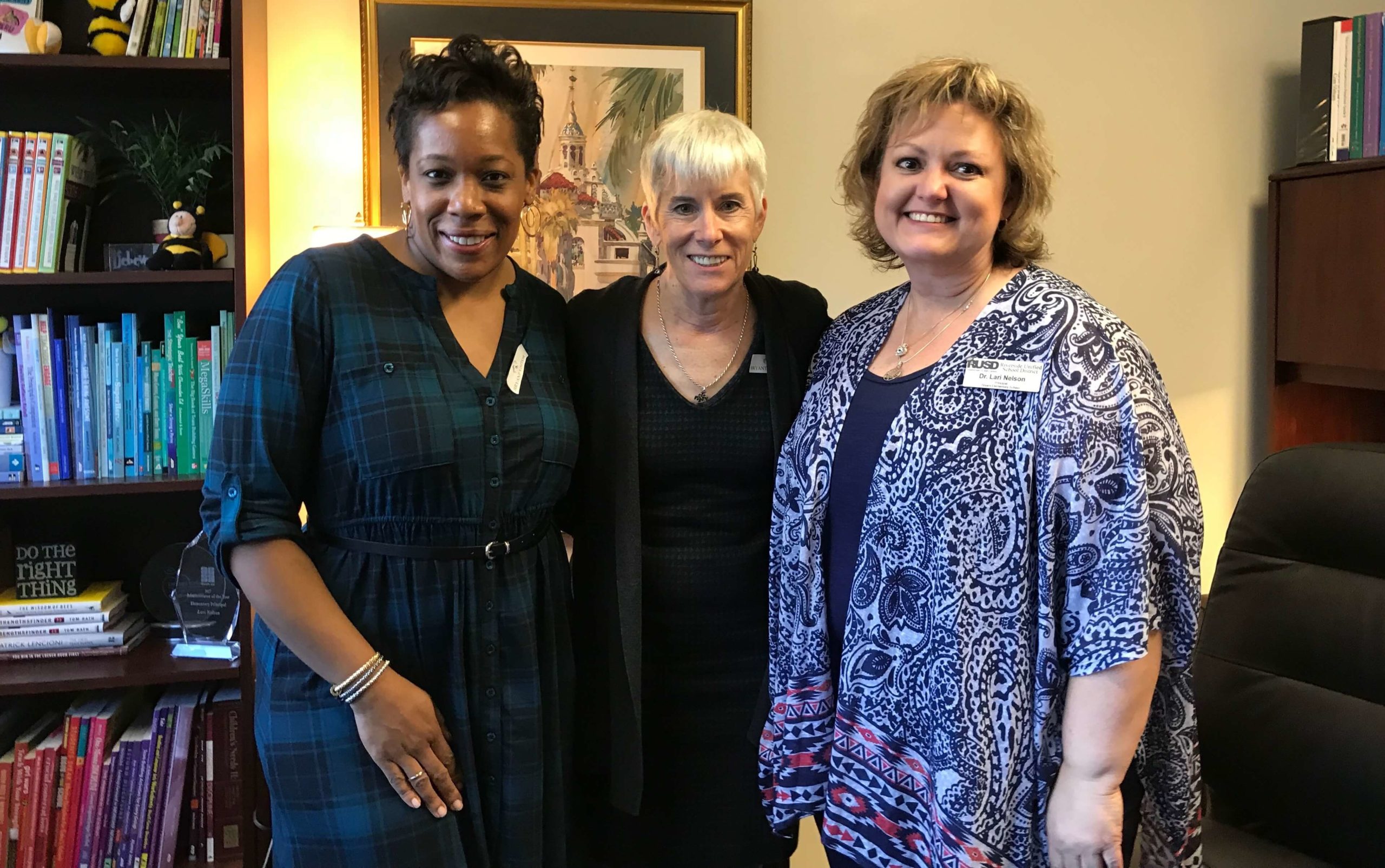
The Author
Barbara Davidson is President of StandardsWork and runs the Knowledge Matters Campaign. A former classroom teacher of students with learning disabilities, she has worked for the past 30 years at the intersection of education policy and practice and has led a number of curriculum development efforts.